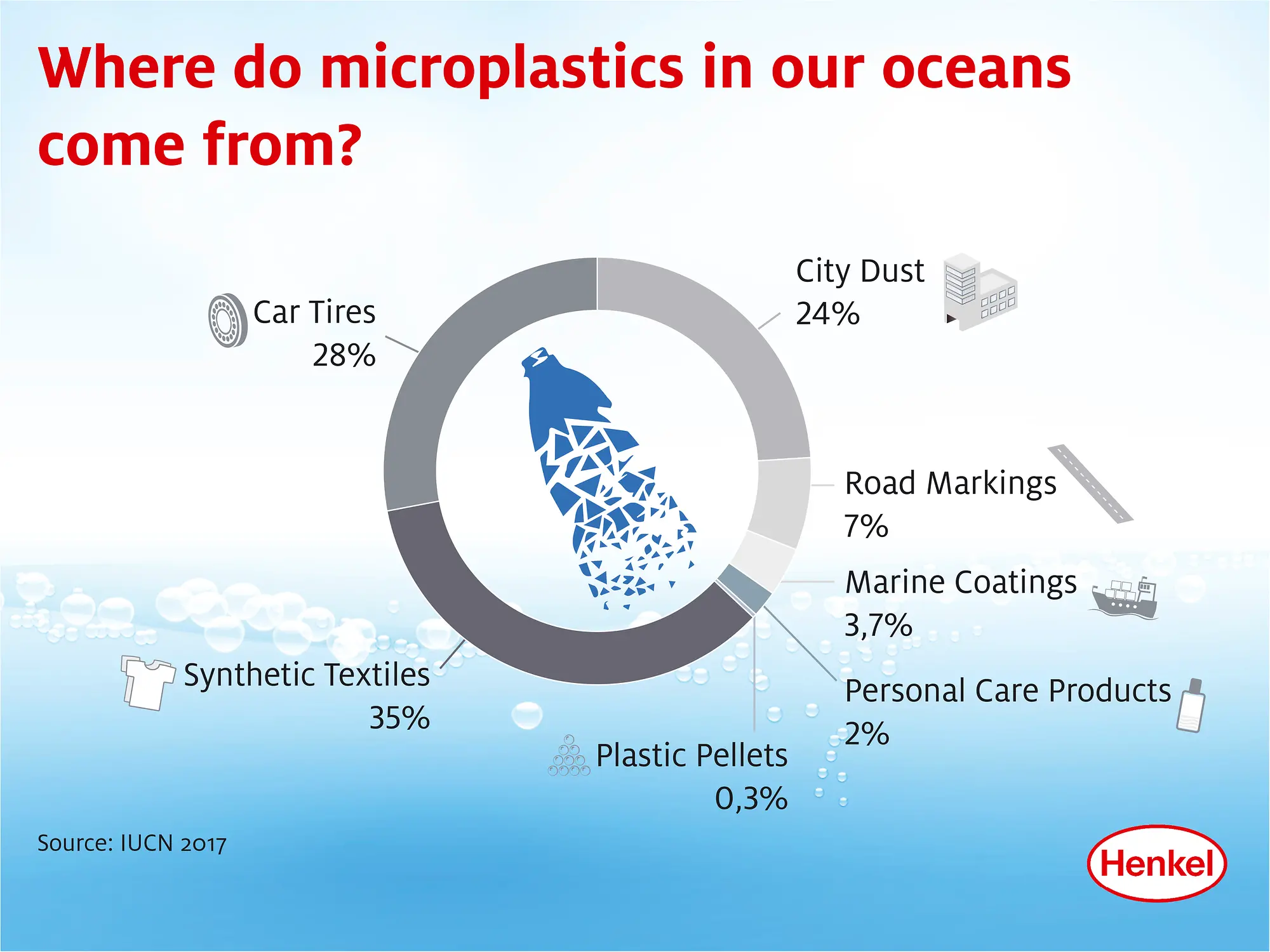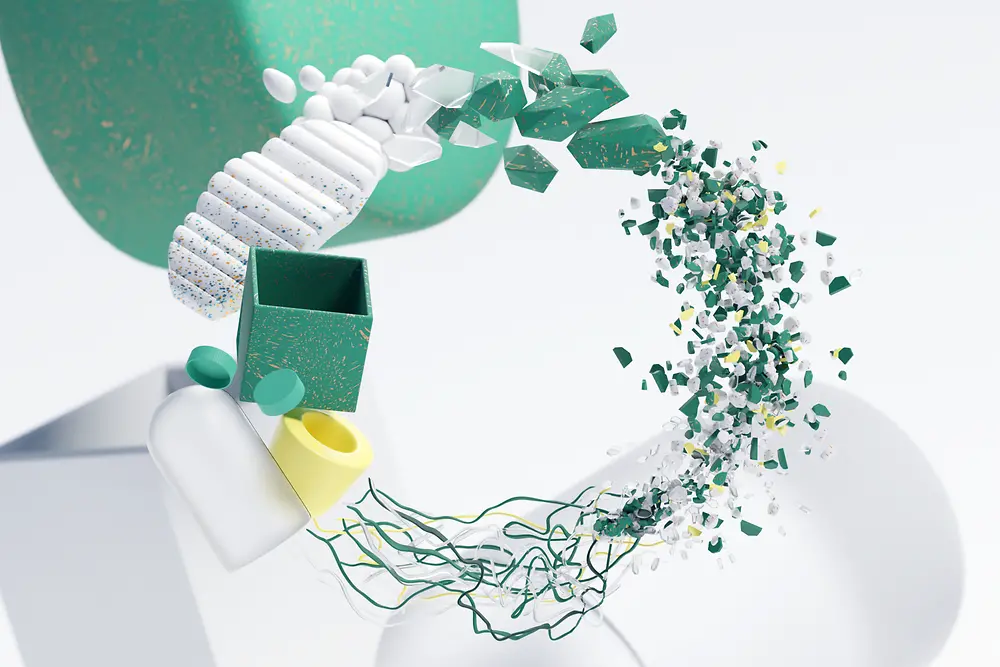While cosmetic products are only a minor contributor to potential environmental pollution, all cosmetic products launched by Henkel worldwide are made without solid plastic exfoliating particles. We brought together experts from across our business very early on to discuss this topic, speak about alternatives and phase out cosmetic products that still contained microbeads. One of these experts is Andrea Sättler, who leads a product development team within Henkel’s Beauty Care business unit. In an interview, she shares her insights and experience from Henkel’s approach to this topic.
When did Henkel identify microbeads as a potential problem?
We became aware of this topic back in 2012. At that time, the issue wasn’t really present in the media and only a handful of NGOs were beginning to draw more attention to it. We very quickly recognized that we needed to find a solution, because we were using microbeads in a few of our rinse-off facial and body care products back then. Sustainability has always been one of our strongest values at Henkel – so we couldn’t afford to waste any time before finding a solution.
How did Henkel react?
We brought together colleagues from across departments to identify how this challenge affected our product range and make sure we were a frontrunner in responding to it. Together, we jumped straight into the work and decided early on to use alternative abrasive materials like quartz sand whenever possible. We also stopped using microbeads in our cosmetic formulations. It was a really dynamic process, and everybody involved made an active contribution.
What have you achieved?
Our efforts have already achieved a lot. Since 2014, there have been no microbeads in our new cosmetic products launched in Europe. And at the beginning of 2016, we stopped using microbeads in any of our new cosmetic products launched anywhere in the world. I think we can be proud of this because our decision came well ahead of the recommendation issued by Cosmetics Europe in October 2015 – where it called for solid plastic exfoliation beads in rinse-off cosmetic products to be completely abolished by 2020. In the meantime, the cosmetics industry in Europe has reduced the amount of microbeads in its products by 97 percent between 2012 and 2017.
What are the next steps?
We are on the right path: Some time ago, we have already started eliminating solid, synthetic plastic particles used as opacifiers in certain cosmetic products to give them a creamy-white appearance. For example, in our body care series Fa, we are currently replacing the previously used opacifier step by step with a readily biodegradable alternative. From 2020 onwards, we will only use natural or biodegradable opacifiers in our Beauty Care products. This also holds true for all consumer products from Henkel.
Read more about our commitment here.












